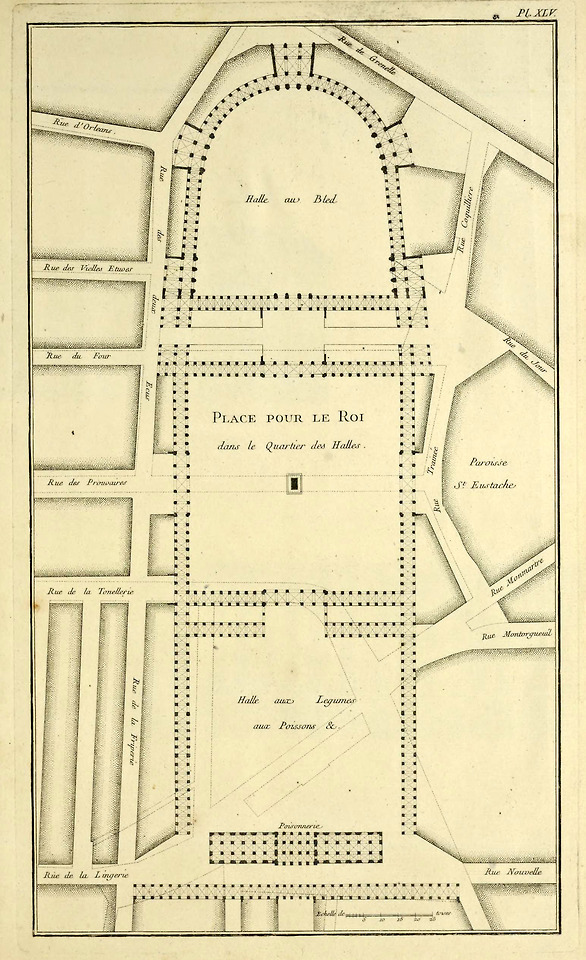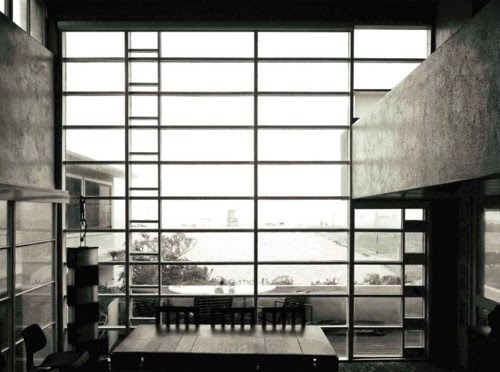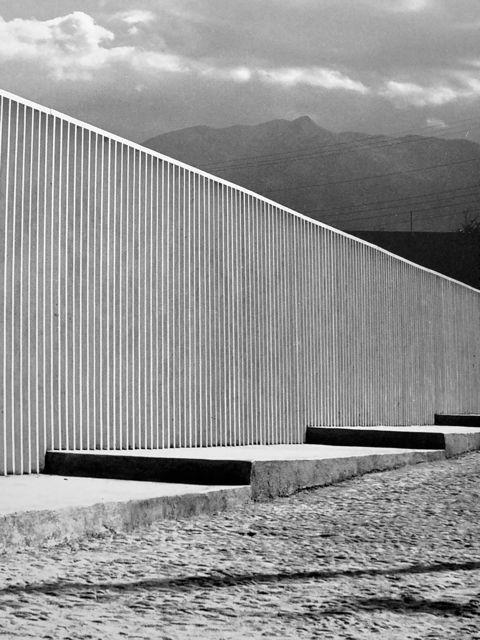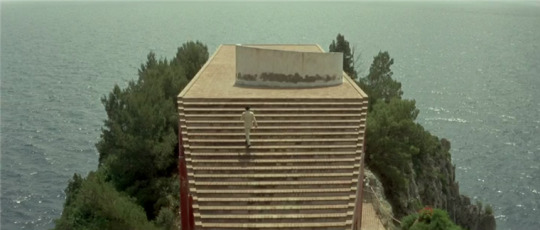Text
Blogpost #2
Tracking a day in the life of the three main characters, La Haine is a visual sociopolitical commentary on violence, culture, immigration, youth, and the search of meaning set in a suburban Paris in the 1990’s. The film’s main characters: Saïd, Vinz, and Hubert, represent a particular segment of the population that remains largely oppressed: immigrants. Centered around the immigrant’s non-integration into the French culture, the film shows a closed culture that says to immigrants they can exist within its territory but will have no future in it. The character’s, exemplifying the youth of the country, are shown living in a state of limbo. The movie turns quickly into a journey of violence incited by the possession of a gun revolver. This particular object takes the character’s lives into different places, friendships, problems with the police, and into the character’s self reflection.
The pace of the movie leads the viewer into feeling close enough to the character’s psyche, particularly to the character of Hubert, who his self reflections are closely portrayed throughout the movie. Contrasting between two kinds of scenes, one where it shows a static composed scene showcasing the characters and its urban background, juxtaposed with various scenes of movement, beginning when the gun is first presented, and their lives are about to change, and showcasing freeing moments across youth culture, cinema, music, and dancing. The photography employed in the movie is impeccable, empowering the film’s storyline all along its runtime. I find the use of black and white, and the lighting used in the movie to be very important stylistic elements, projecting each of the scenes in a steel-like quality that bears comparison to the steel that composes the gun. The gun clearly portrays the looking for some sense of power while the character’s keep searching for some kind of meaning into their lives.
7 notes
·
View notes
Text
Blogpost #1
The groundwork that Ariella Azoulay establishes with the premise in ‘The Civil Contract of Photography’ binds the tacit agreement that is established in the relationship between photographed and photographer. The author thoroughly surveys the evolution of the role photography as a joint discipline that has expanded and developed its scope since its origins. Providing the tools for people to sense an event, or a vision, collectively, photography has turned into an essential social tool for documentation. Azoulay acknowledges the importance of photography as a civic tool, helping to reconstruct and interpret how events occur, leading to a public collective gaze in the way that events have occurred mostly since the 20th century Photographs then, are able to depict not only the personal realm but the collective, and thus, the political.
Additionally, Hannah Arendt’s ‘Reflections of Violence’, helps establish the role of violence as a societal concern, supplementing my understanding of the scope that photography is able to depict. As long as humanity has lived in a society, violence has been a recurrent instrument closely intertwined with its relationship to power. Although it is true that violence goes hand in hand with power, it is important to remark the risk of interpreting power and violence “in biological terms”. Violence, often a result of rage, most probably always leads to “a more violent world”.
0 notes
Photo

Plan for a proposed royal square in Les Halles, Paris
37 notes
·
View notes
Photo

Rudolph M. Schindler, Lovell Beach House, Newport Beach (Ca), 1922-26
113 notes
·
View notes

